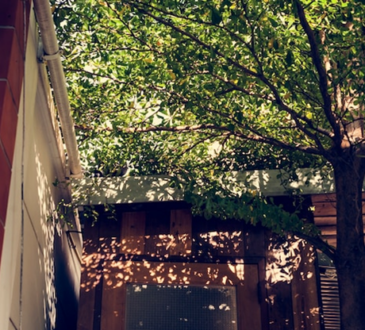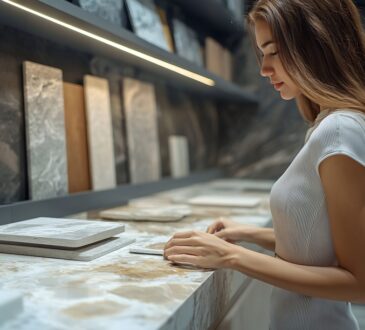
Historical windows are essential features that embody the charm and character of old buildings. These windows not only enhance the aesthetic appeal but also hold significant cultural and architectural value. When it comes to maintaining these structures, property owners and conservationists often face a dilemma: should they preserve the original windows or opt for SI replacement windows? This article explores the pros and cons of both preservation and replacement, guiding you through this complex decision.
The Case for Preservation
Preserving historical windows is crucial for maintaining the integrity of a building’s architectural history. These windows were crafted with techniques and materials unique to their time, making them irreplaceable artifacts. Preservation helps in maintaining the authenticity of the structure, which is often required by local historic preservation ordinances. Moreover, retaining original windows can enhance the property’s value as it appeals to buyers who value historical accuracy and charm.
The preservation process involves repairing the existing windows, which may include reglazing, repainting, and replacing damaged parts with period-accurate materials. While this can be more labor-intensive and costly, it ensures that the windows maintain their historical significance and continue to tell the story of the building.
The Argument for Replacement Windows
On the other hand, replacement windows offer modern solutions with respect to energy efficiency, sound insulation, and maintenance. These windows are designed to mimic the look and feel of original historical windows while providing the benefits of contemporary window technology. For owners of historical properties looking to reduce energy costs and improve comfort, replacement windows can be an attractive option.
Replacement with SI windows also addresses issues such as lead paint and inefficient single-pane glass, which are common in older windows. These modern replacements often meet the aesthetic requirements set by local historical societies, ensuring that the building retains its visual appeal from the street, thus preserving the architectural character of the neighborhood.
Balancing Preservation with Modern Needs
The decision between preserving original windows and installing SI replacement windows depends on various factors including the building’s historical significance, the condition of the existing windows, and the specific needs of the property owner. In some cases, a hybrid approach can be adopted where the visual aspects of the original windows are maintained while subtly integrating modern functionalities.
For instance, secondary glazing can be added to existing windows to improve thermal performance without altering the external appearance. Alternatively, custom-made SI replacement windows can be designed to fit exactly into the existing frames, preserving as much of the original material as possible.
Conclusion
Choosing between preserving historical windows and opting for SI replacement windows involves a careful consideration of heritage, aesthetics, and practicality. Each building has its own set of requirements and limitations, and the decision should align with both the building’s historical value and the contemporary needs of its occupants. Whether you choose to preserve or replace, it’s crucial to consult with experts in historical preservation to ensure that your approach respects the building’s past while embracing the future.




